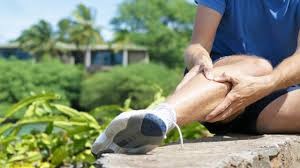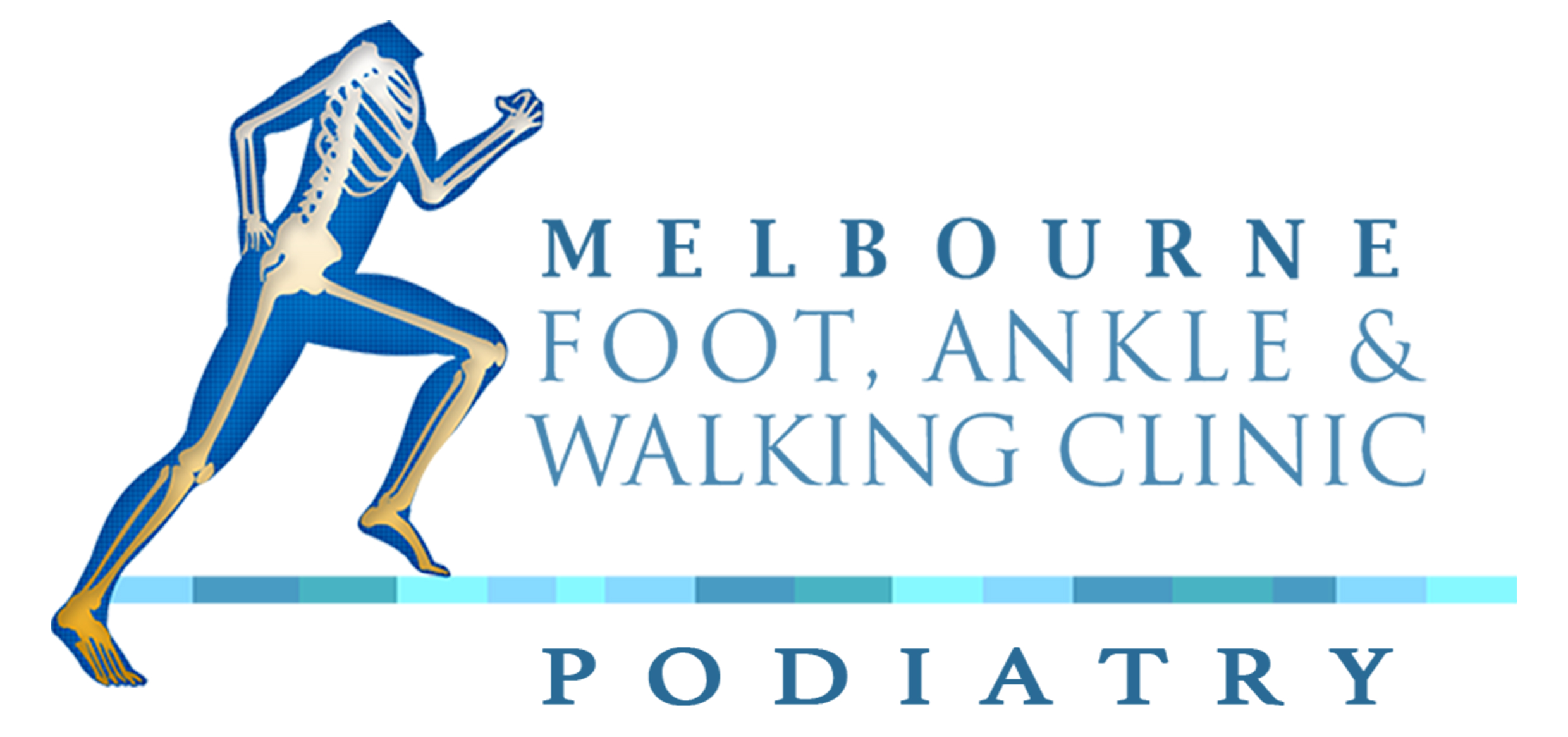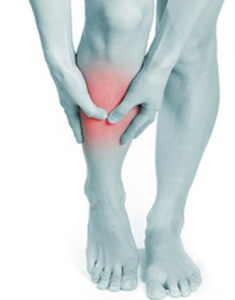What are Shin Splints?
“Shin Splints” is a lay term for shin pain and is not a medical diagnoses. It broadly covers overuse injuries with the most common listed below.
What are the differences in the most common forms of shin pain (shin splints)?
Medial Tibial Stress Syndrome (MTSS)
This is the most common cause of shin pain. It typically presents with pain and tenderness along the inside of the tibia (shin). Historically, constant “pulling” of the tibialis posterior on the tibia has been the pathology most suspected in the development of MTSS. More recent research has brought into play the fascia (connective tissue surrounding the muscles) and tractional forces from the tibialis posterior muscle as it eccentrically contracts during the mid-stance of walking or running as the most likely cause. The muscle on the inside of the leg contracts to counteract the pronatory (flattening of the foot) forces that occurs during mid-stand of gait. It is common in runners due to the varus style gait and “bowing” forces on the lower medial third of the Tibia which causes a bone stress reaction.
Peroneal Tendonitits
There are several muscles which are located on the outside of the lower leg known as the peroneal muscles. These originate from the outer lower leg bone (fibula) and insert into various bones in the foot via the peroneal tendons. The action of the peroneal muscles is to move the foot and ankle away from the midline of the body. If the peroneal muscles contract and/or are placed under too much stress, tension is placed on the peroneal tendons. If this tension is excessive due to too much repetition or the force running through them is too high, damage to the peroneal tendons may occur. Peroneal tendonitis is a condition whereby there is damage to the peroneal tendon with subsequent degeneration and inflammation. Peroneal tendonitis is common in supinated or high arched foot types.
Compartment Syndrome
This is a condition where there is build up of pressure in the muscle compartments. It is not to be taken lightly as it can damage nerves and restrict blood flow. The fascia (connective tissue surrounding the muscles) does not expand and increased pressure is placed on muscle tissue, blood vessels and nerves. Pain and pressure is often increased with exercise. Treatment is aimed at stretching fascia and muscle tissue as well as making sure foot alignment and lower leg alignment is good. Poor lower limb biomechanics and foot posture often means muscles are working harder than is needed, surgery may be required in advanced stages.
Posterior Tibial Tendon Dysfunction (PTTD)
This is a common adult condition caused by overuse and weakness in the posterior tibial tendon resulting in flat feet or a flat foot. Symptoms usually occur after activities that involve the tendon, such as running, walking, hiking or climbing stairs. As well as the foot flattening, symptoms may include pain and swelling. In most cases foot orthotics will be required for this condition to avoid surgery. There is also a range of strengthening and stretching exercises your Podiatrist can provide you to improve symptoms and decrease the chance of it returning.


